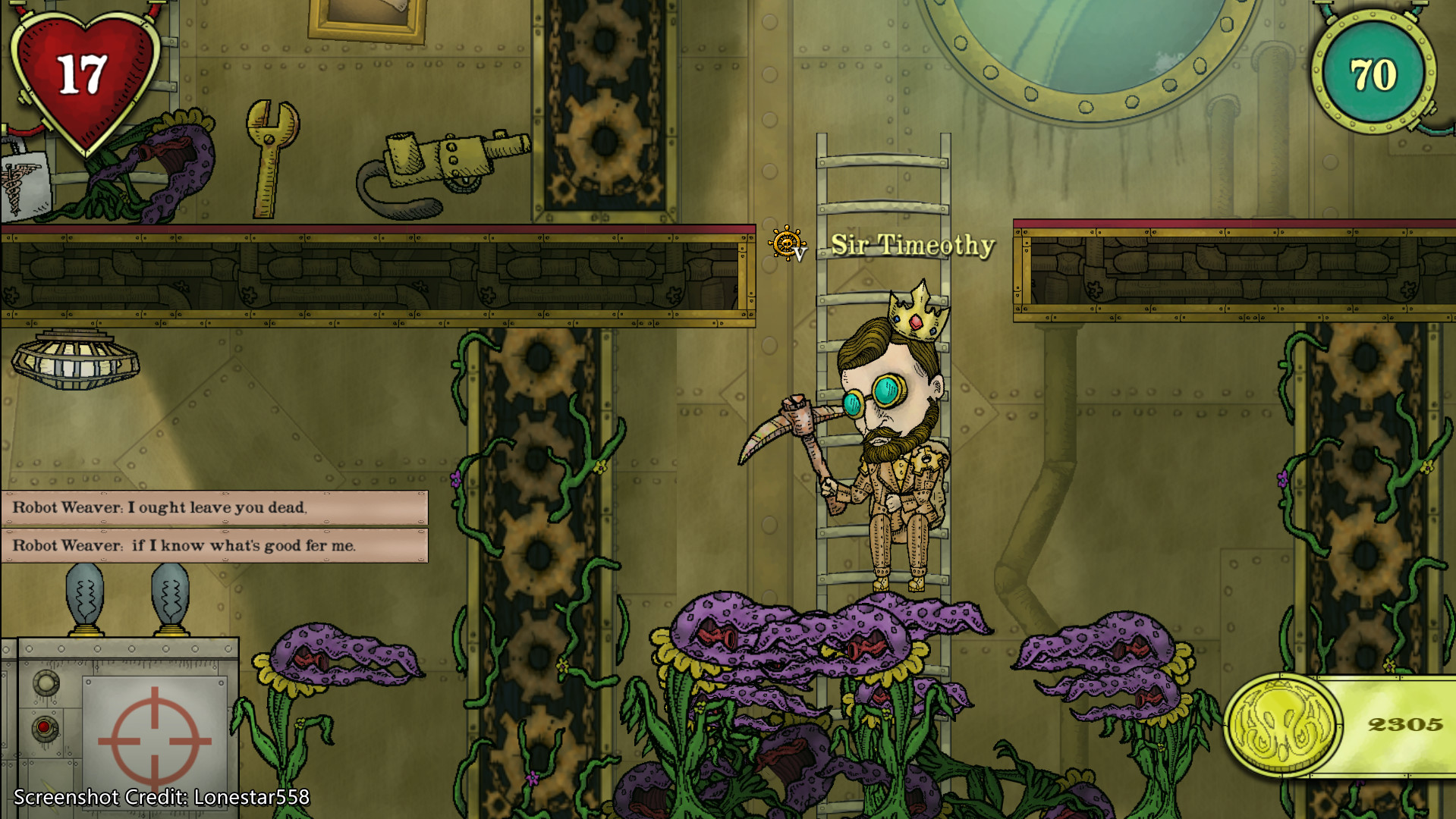
If we write in 1st or 2nd person POV, the emotions, thoughts, and perceptions center on the character telling the story, using I/me or you pronouns, respectively. Let’s take a look… Recap: What Is Deep POV?īefore we get into the rest of the post, let’s first review what we mean by “deep POV.” (Feel free to skip down to the next section if you don’t need this refresher.) We’ll explore why deep POV is so popular and when we should ignore the advice pushing us to think deep POV is always the best choice for our storytelling. With this turn for another coaching article at WHW, I’m digging into the pros and cons of using deep point of view (POV) in our stories.
#TVTROPES WE NEED TO GO DEEPER HOW TO#

how we can make setting details meaningful rather than boring.knowing when to treat our setting like a character.3 ways to improve our use of tropes (because they aren’t all bad).what options we have if our story doesn’t fit the usual approach to conflict.how to make the “right” first impression for our character.

#TVTROPES WE NEED TO GO DEEPER TV#
how TV shows can help us learn to hook our readers.how “plot” holes can sneak into our characters and worldbuilding.how and why we should avoid episodic writing.how to translate story beats to any genre.7 ways to indicate time passage in our stories (and 2 issues to watch out for).how to increase the stakes (the consequences for failure) in our story.insights on how to approach an overwhelming revision.As one of their Resident Writing Coaches, I’ve previously shared: It’s time for another one of my guest posts over at Angela Ackerman and Becca Puglisi’s Writers Helping Writers site.


 0 kommentar(er)
0 kommentar(er)
